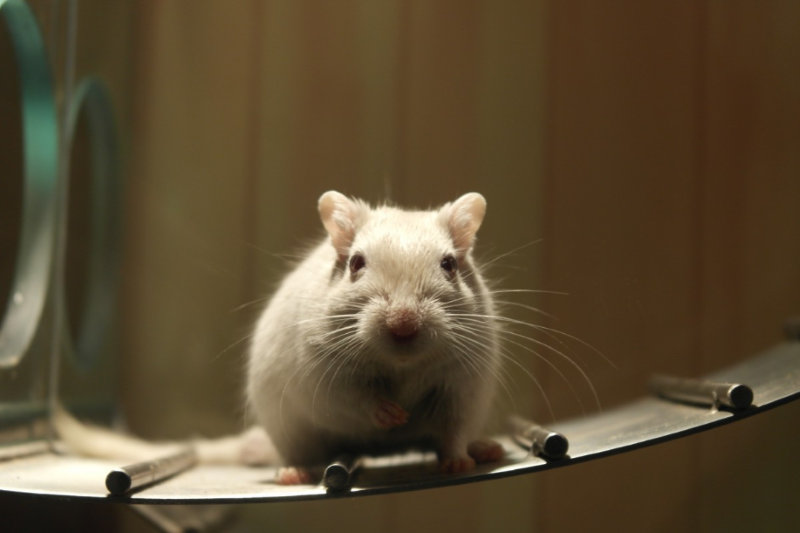Recently, the European Commission launched a public consultation to update the EU’s Annexes III and IV Directive 2010/63/EU on the protection of animals used for scientific purposes.
The Eurogroup for Animals welcomes efforts to include standards for the care and housing of animals laboratory animals. And the inclusion of acceptable killing methods for species that went undetected. However, they deeply regret that the revision missed the opportunity to update existing provisions for other species.
In October 2023, the Scientific Committee on Health, Environment and Emerging Risks (SCHEER) issued an opinion supporting a revision of Annexes III and IV of Directive 2010/63/EU. And the Animal Eurogroup has contributed to that goal by responding to a call for information about laboratory animals.


Taking this advice into account, the European Commission has decided to launch a public consultation. Its objectives are to revise Annexes I and III to VIII. All this to ensure that the new regulations reflect the state of current technical and scientific progress.
Measures that have consequences for laboratory animals and other living beings
The Eurogroup for Animals particularly welcomes the recently introduced provisions covering appropriate housing and care standards for cephalopods, zebrafish and songbirds, as well as appropriate methods of killing cephalopods.
They also welcome the ban on the use of inert gases to kill rodents, a position they have been defending for several years. However, they emphasize that the review did not take the opportunity to amend the provisions of these two Annexes for other species laboratory animals and other living things. Despite repeated calls for them to bring the update in line with recent technical and scientific developments.
Directive 2010/63/EU: recommendations of the NGO Eurogroup For Animals
In its response, the NGO commented on the recently introduced provisions affecting the laboratory animals, highlighting the need to update other aspects of Annexes III and IV. In short, to avoid any type animal abuserecommend the following:
For the revision of Annex III of Directive 2010/63/EU on the care and housing of animals used for scientific purposes:
- Specific water quality parameters should be included for each developmental stage of commonly used fish species (with the exception of zebrafish).
- The minimum height of the rat cage should be increased to 30 cm.
- Nursing rabbits should have a nest box with an entrance they can close to isolate themselves from their babies and minimize stress and aggressive behavior.
- Dogs should always have access to an outdoor park unless there is a scientific or veterinary justification for not doing so.
- The minimum time after birth that macaques can be separated from their mothers should be revised to no less than 10 to 14 months.
For the revision of Annex IV to Directive 2010/63/EU on slaughter methods for animals used for scientific purposes:
- Confirmation of death due to rigor mortis is inappropriate and should be eliminated.
- Methods to kill zebrafish at stages <16 days post fertilization should be addressed. Based on the literature, we recommend including the use of a mixture of lidocaine hydrochloride, sodium bicarbonate and ethanol as a suitable slaughter method.
- Birds can experience severe fear and suffering when dying from CO2 and decapitation. Therefore, these methods should be removed.
- Using a blow to the head to stun fish can cause unnecessary suffering. This method should therefore be discontinued.
- Rodents killed by decapitation may experience conscious pain before becoming desensitized. As a result, this method should be removed.

